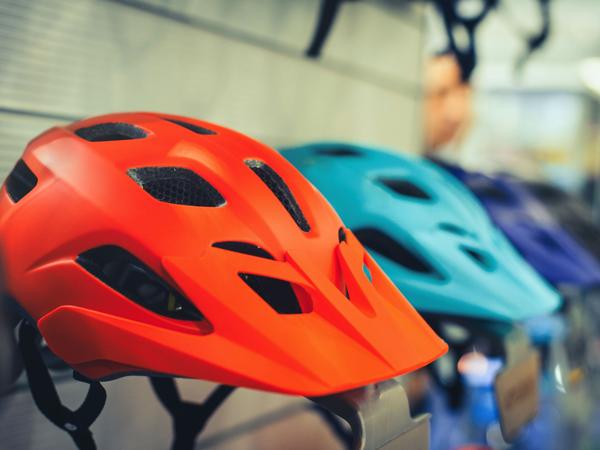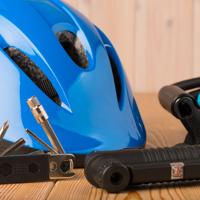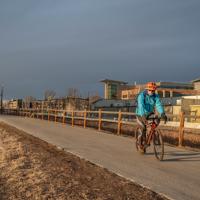Cycling is not just a hobby—it’s a lifestyle. Yet, it’s a lifestyle that can be drastically affected by weather. How do you ensure that you’re prepared for anything Mother Nature throws your way, whether it’s a blazing sun, a torrential downpour, or chilling winds? Enter the world of all-weather cycling apparel.
When I first started commuting by bike, I was overwhelmed by the sheer variety of gear available. It’s crucial to find apparel that meets the needs of different weather conditions without compromising on comfort or safety.
Layering: A Time-Tested Approach
The cornerstone of all-weather cycling is the classic strategy of layering. This technique allows you to manage your body temperature easily by adding or removing pieces as needed. Here’s a simple breakdown:
-
Base Layer: This layer stays close to your skin. Opt for moisture-wicking materials like merino wool or synthetic fibers. They help in managing sweat and keeping you dry—crucial for both hot and cold weather.
-
Middle Layer: Think of this as your insulation. A lightweight fleece can retain warmth when the temperature drops. The thickness of this layer may vary depending on the season.
-
Outer Layer: Your protection against the elements. Invest in a good-quality waterproof and breathable jacket. Gore-Tex or similar breathable membranes are useful in shielding against wind and rain while allowing sweat to escape.
Cycling in the Cold
Cold weather cycling can be exhilarating, provided you’re prepared. Here are some items to consider:
-
Thermal Tights: Insulated tights protect your lower body against cold winds. Brands like Pearl Izumi offer options with added windproofing on the front panels.
-
Gloves and Mitts: Cold fingers can be particularly uncomfortable. Gloves with a windproof and water-resistant exterior paired with a fleece-lined interior offer the best of both worlds.
-
Head and Neck Wear: These are critical, yet often overlooked. A lightweight balaclava or a merino wool buff can keep your head and neck warm. Remember, a lot of body heat escapes from your head.
Beating the Heat
On the other side of the spectrum, cycling in hot weather poses its own set of challenges:
-
Breathable Jerseys: Mesh-integrated jerseys help in effective ventilation. Look for those with UPF protection to shield your skin from harmful sun rays.
-
Padded Shorts: Comfort is key. Well-padded shorts with moisture-wicking capabilities are a must for long rides in hot weather.
-
Sun Sleeves: Oddly enough, longer sleeves do not always mean more heat. In some cases, sun sleeves can actually keep you cooler while protecting your skin.
Tackling the Rain
Rain doesn’t have to halt your urban cycling plans. There are tailored solutions:
-
Waterproof Pants: Make sure they’re easy to pull over your regular clothes. Elastic cuffs are preferable to prevent water from seeping into your shoes.
-
Shoe Covers: Waterproof shoe covers can be a game-changer, preventing wet socks and cold feet.
-
Backpack Cover: Don’t forget to protect your belongings. A waterproof backpack cover is a simple yet effective solution.
Accessories Matter
In addition to your core apparel, some smaller items can significantly enhance your cycling experience:
-
Eyewear: Clear or amber lenses can improve visibility during poor weather conditions and protect your eyes from wind and debris.
-
Reflective Elements: As daylight varies throughout the year, having reflective elements on your clothing can improve visibility to others, enhancing safety.
Sustainability in Apparel
As we navigate our way to better cycling gear, it’s worthwhile to consider the sustainability of our choices. Many brands are now opting for recycled materials. If reducing your carbon footprint is an aspect of the cycling lifestyle you are passionate about, brands like Patagonia and Vaude emphasize eco-friendly practices while offering functional gear.
In Conclusion
Cycling through all sorts of weather is completely feasible with the right apparel. Through careful selection based on your climate and preferences, you can make your urban cycling experience more enjoyable and safe. Remember that research and personal experiences are valuable in making these choices. So, keep pedaling on and share what works for you.
The beauty of cycling, in any weather, is discovering that with a little preparation, no forecast can dampen your spirits.




